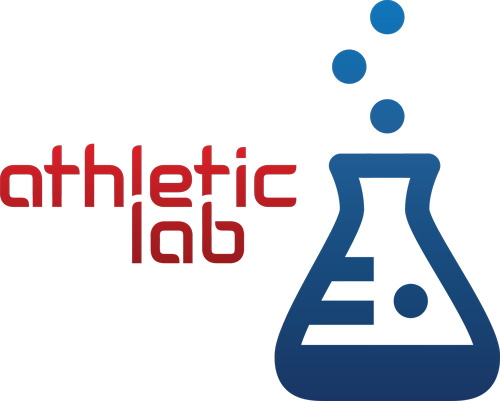Written by: Brian Schiff, PT, OCS, CSCS
One of the biggest issues I see today in sports is an abundance of overuse and preventable musculoskeletal injuries due to improper conditioning, lack of recovery or both. In the current era of sports specialization, an athlete can unknowingly be placed in a comprising position with respect to his or her physical and mental health with grueling practice schedules, the pressure to make a top team, and the drive to earn a college scholarship.
Travel teams, personal trainers, and individual skill trainers are commonplace in youth sports. As a parent of two teenage boys competing in year-round sports (one in baseball and the other in soccer), I carefully monitor their training load and recovery cycles. Travel and club teams often pack a lot of competition into a short period of time (namely in weekend tourneys). Playing several games in 24-48 hours taxes the central nervous system and the body. For example, in high school soccer a team generally plays 2-3 games over a seven day time span. However, during a weekend travel tournament, it is very likely a team will play 3-4 games against high level competition in 24-48 hours.
This sudden spike in high intensity activity represents a big increase in what is considered acute workload. Provided the athlete has built up a sufficient base level of conditioning and preparatory loading, known as chronic workload, he/she may be able to withstand the spike in activity without injury. However, athletes with a shorter pre-season, coming off an injury or those simply not in proper shape may be vulnerable to injuries such as muscle strains, shin splints, anterior knee pain, tendinitis and joint pain. In some cases, coaches and parents may push a player to participate in a weakened or vulnerable state. The desire to compete and fear of letting a coach and/or parents down, may propel an athlete to push through pain and ignore warning signs from the body about impending mechanical failure.
Now, more than ever, athletes who choose to focus in on a singular sport need a year-round training plan to match their year-round sport demands. In order to stave off injury and avoid burnout, a successful plan must accomplish the following:
- Implement designed de-loading periods along with scheduled rest in the training and competitive cycles
- Periodize the training plan in order to peak at the desired times
- Allow for adequate time to ramp up training and sport-specific activity in order to condition the body for the high demands of the sport and safely move from the athlete’s training floor to their training ceiling
A surefire recipe for injury and soft tissue failure is ignoring this concept of building up chronic workload prior to stressing the body with acute workloads. Many in strength and conditioning circles closely monitor this acute to chronic work ratio (ACWR) to help reduce injury risk. I see this issue frequently in baseball pitchers (shoulder and elbow pain), female soccer and basketball players (patellofemoral pain), and many athletes who suffer soft tissue strains including hamstring, hip flexor and groin injuries.
To help prevent these injuries, I suggest frequent observation and communication with the athlete regarding any nagging aches and pains, emotional and mental health status, scheduled training activities, nutrition habits, and sleep patterns. While we want to encourage athletes to push to be their physical best in sport, it is essential to educate and empower them to recognize how best to care for their bodies. A multi-disciplinary approach with input and communications as needed from physical therapists, athletic trainers, strength coaches, sport coaches and the athlete leads to a safe, effective training and competition plan that position the athlete for success in terms of long-term athletic development and injury prevention.









